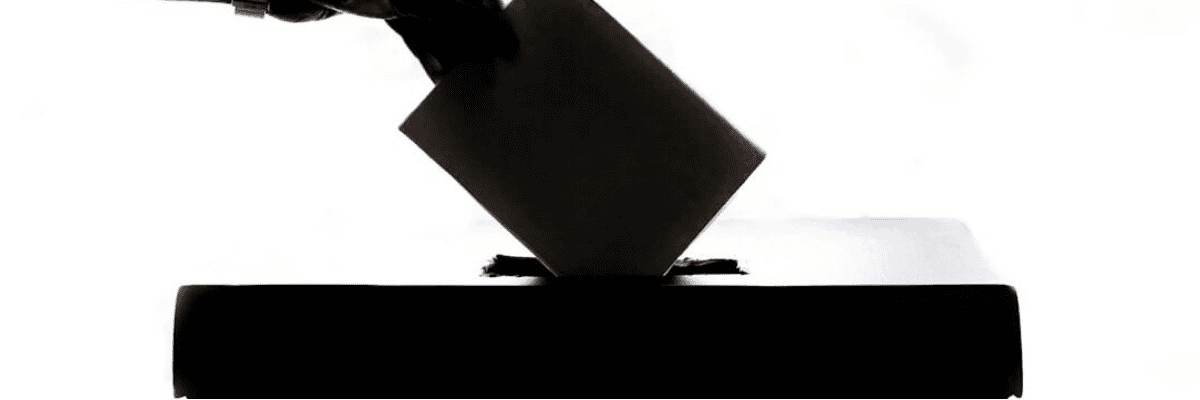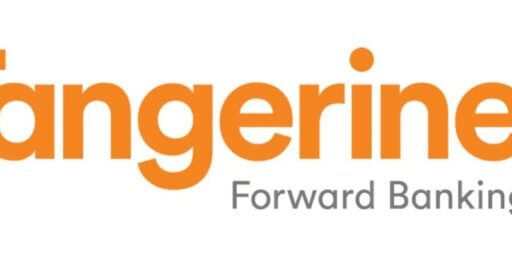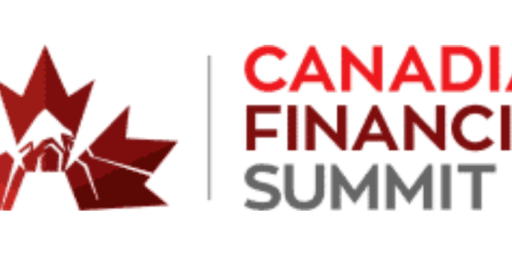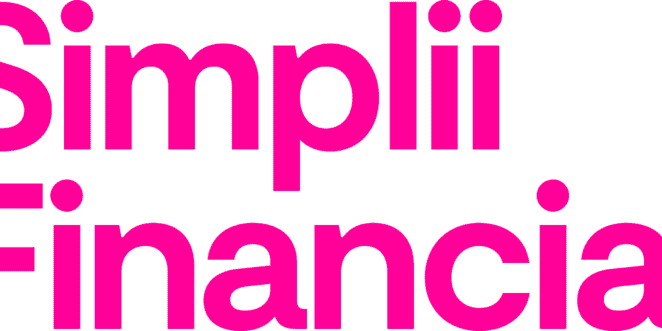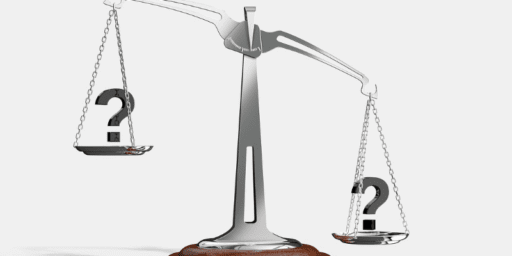Canadian Election: Taxes, Tariffs, and Housing
With Canada’s federal election just days away, the headlines have been dominated by taxes, tariffs, housing strategies, and party leaders throwing shade at each other. For many of us, one of the key considerations will be what each platform has to say about pocketbook issues.
From income taxes and retirement savings, to homeownership incentives and carbon pricing, the financial stakes in this election are unusually high. And with both major parties making bold – and often conflicting – promises, it’s tough to sort through the noise and get a clear picture of what’s actually on the table.
As I wrote about earlier this month, our election is happening against the backdrop of a Canada – USA trade war and overall market softness. That reality is weighing on Canadians from coast-to-coast-to-coast, especially those trying to get ahead financially in the face of rising prices and uncertain returns.
Add in recent stock market volatility and you’ve got a recipe for voters paying unusually close attention to personal finance policy. We’re going to tackle this thing issue by issue, and for brevity purposes we’re going to focus on the Conservative and Liberal parties. Sorry NDP/Bloc/Greens/PP – but without any chance to form a government, your thoughts might be worthy, but ultimately they are inconsequential at this time.
Tax Cut Promises
Let’s start with the juicy stuff – how much less you might pay in taxes!
Conservatives: Pierre Poilievre has promised to cut the federal rate on the lowest tax bracket by 2.25%. That means Canadians earning $57,535 or more in 2025 would get a maximum tax break of $932.
That’s real money in your pocket, and unlike credits or niche deductions, it would apply directly to the federal tax on your first chunk of taxable income. Everyone who earns more than $57,535 would benefit equally from this tax cut. For middle-class earners, that’s the most straightforward and impactful policy on offer.
Liberals: Mark Carney and the Liberals have also proposed a tax cut for the lowest tax bracket – but only 1%. This would result in a maximum savings of about $414 in 2025. The lower amount isn’t the only caveat. They’ve also hinted that this cut may not come into effect until 2026 or later, meaning no immediate relief.
To be clear, both parties are targeting the same income bracket, but the Conservatives are offering a bigger, faster tax cut, while the Liberals are offering a smaller one with some delays baked in. For those earning below the lowest bracket threshold ($16,129 in 2025), neither proposal offers much change.
Canadian Capital Gains Rate Saga
Remember back earlier this year when the Liberal Party released a Capital Gains Increase so confusing that it took me like 3,000+ words to explain it?
Yeah, that appears to be gone.
Liberals: After their failed attempt to pass a controversial capital gains tax hike, the Liberals have now officially scrapped the proposal. Their platform states that they will not be increasing the inclusion rate – which is currently 50%. This reversal has been framed as a way to support entrepreneurs and middle-class investors, especially in light of growing economic uncertainty and a looming trade war.
Conservatives: The Conservatives not only agree with keeping the inclusion rate at 50%, they’ve gone one step further with a capital gains tax holiday. Between July 2025 and December 2026, Poilievre’s team promises that there will be zero tax on capital gains -as long as the proceeds are reinvested in Canada. For investors or small business owners who’ve been sitting on appreciated assets, this could be a massive opportunity to sell and reinvest tax-free.
Both parties are steering clear of the capital gains increase that caused so much noise in 2024. But only the Conservatives are offering a proactive bonus in the form of that tax holiday. There are some details that need to be ironed out still on this one.
Canadian Housing Policy Changes
Housing is always front and centre in Canada, and 2025 is no different. With affordability still out of reach for many first-time buyers and mortgage renewals biting into household budgets, both parties are promising relief – just with slightly different strategies.
Conservatives: The Conservatives have been focused on housing promises for a long time now. Their headline proposal is eliminating the GST on all new homes under $1.3 million — regardless of whether you’re a first-time buyer or not. This builds on the Liberal plan from last year, but expands it beyond just new buyers, and raises the home value cap from $1 million to $1.3 million.
They’re also making a push to increase housing supply, pledging to tie federal infrastructure funding to new housing starts, streamline building permits, and crack down on red tape that slows down construction. The goal here is more homes, built faster. It’s a shot across the bow of NIMBY folks everywhere.
Liberals: Mark Carney’s Liberals are also promising a GST rebate on new homes, but only for first-time buyers and only on properties valued up to $1 million. That’s still a meaningful discount, but it’s not as widely applicable as the Conservative offer.
They’ve also proposed new financing supports and incentives for affordable housing developments, with some focus on cooperative and community housing options. The goal here is to guarantee long-term help on the supply side in the long run.
I’m not sure I see either party’s vision making as big a difference as they proclaim. Substantial pressure will have to be brought to bear on local municipal governments and associated zoning powers if anything meaningful is going to get accomplished.
TFSA and RRSP Reforms
As always, tweaks to the RRSP and TFSA are also a big part of the discussion this year.
Conservatives: Poilievre’s new promises include a $5,000 boost to the annual TFSA contribution room, but with a twist… The extra room would only apply if the investments are made in Canadian assets. In other words, if you invest that $5K in Canadian dividend stocks, bonds, or Canadian ETFs, it would be entirely tax-free, just like your regular TFSA room.
It doesn’t take a genius to figure out that with a little reshuffling of your portfolio, you could sell Canadian stocks from another place in your online brokerage account, and buy them as part of your “new pro-Canada $5,000 TFSA space” in order to maximize that $5,000 tax shelter – without changing your overall asset allocation strategy.
On the RRSP front, the Conservatives would allow Canadians to delay converting their RRSPs into RRIFs until age 73, rather than the current cutoff at age 71. This may not sound like a big change, but for high net worth retirees trying to manage withdrawals and minimize OAS clawbacks, those two extra years of tax-deferred growth could be valuable.
Liberals: The Liberals haven’t proposed any changes to TFSA contribution limits or how the account works.
However, like during the early COVID-19 market crash, they are proposing a temporary 25% reduction in RRIF minimum withdrawals for seniors. This would reduce the amount retirees are forced to withdraw (and pay taxes on) during periods of market volatility. For those trying to ride out some short-term turbulence in their portfolios, this can be a helpful stopgap.
Employment Policies
While tax cuts and tariffs have tended to dominate election coverage, changes to Employment Insurance (EI) and labour policy could have some important consequences for specific groups of Canadians.
Liberals: The Liberals are proposing to expand access to EI benefits. Their platform includes two major changes:
1) Increasing regional unemployment thresholds: This would allow more workers in areas hit hardest by job losses (especially in sectors vulnerable to tariffs or automation) to qualify for EI.
2) Shortening the EI waiting period: For workers receiving severance pay, the current waiting period delays EI benefits – sometimes by weeks. The Liberals are pledging to remove or reduce this lag time to get support out faster. These changes may be particularly meaningful in the face of ongoing trade volatility and the potential for job disruptions in 2025. It’s a targeted approach aimed at providing a more responsive social safety net.
Conservatives: The party’s main labour-related promise is focused on working seniors, proposing that those earning under $42,000 could earn up to $34,000 per year before owing any federal income tax. This could incentivize part-time work and prolong labour force participation for seniors.
I have yet to read or hear anything in regards to the Conservatives making the pro-EI changes that the Liberals are proposing.
Canada’s Carbon Tax Controversy – Finally Put to Rest?
After ten years of going back and forth on the environmental benefits of increasing the price of carbon, it appears that voters can agree on one thing: they don’t want to see a carbon tax.
Some may want a hidden carbon tax that is baked into the price of goods before they see it – but they don’t want to know about it.
The Liberal government made waves earlier this year when they cancelled the consumer carbon tax that applied to everyday purchases like fuel and home energy bills. That rollback was seen as a major political pivot aimed at easing household costs ahead of the election. After getting buried by an avalanche of attacks on the issue Carney has said he will cut the carbon tax for consumers.
However, the industrial carbon pricing regime – which applies to large-scale polluters – is still very much in place under the Liberal plan. The government maintains that this version of carbon pricing targets the biggest emitters. The claim is that they can do this without increasing costs to consumers – but I don’t really understand the math on that one.
If you haven’t heard “Axe the Tax” by this point, you likely haven’t been tuning into this thing very much. The Conservatives under Polivere have been consistently anti-carbon tax for a long time now.
In the short term, scrapping all forms of carbon pricing could reduce prices at the pump and slightly lower costs for goods with high transportation inputs (like groceries).
In the long run, cutting the carbon tax raises questions about Canada’s ability to meet climate targets, and could complicate trade relations with jurisdictions that use carbon tariffs or emissions-based penalties (like the EU or parts of the U.S.).
The idea of putting a price on carbon actually began as a conservative economist-friendly idea. The days of anyone actually learning how the carbon tax works and/or deciding that we need to prioritize putting less carbon into the atmosphere appear to be behind us. There has perhaps been more misinformation on this topic than any other in the years leading up to this election.
The Trump Tariff Storm
The issue that has come to dominate the election (and is chiefly responsible for eliminating the Conservatives’ former lead in the polls) is that of trade tariffs from our largest trading partner.
Both the Liberals and Conservatives know that with 75% of our exports heading south, any turbulence out of Washington hits Canadian wallets fast. Here’s the reality: There’s actually not a huge difference between the two main parties when it comes to handling Trump’s tariffs.
The Liberal are proposing a firm response that involves retaliatory tariffs, emergency industry support (like a $2B auto sector fund), and a $5B push to expand trade with Europe and the UK, so we’re less reliant on the U.S. They’re also floating the idea of a new “Canada-U.S. Economic and Security Accord” to reset that aspect fo the relationship.
The Conservatives, led by Pierre Poilievre, are offering what amounts to the same ultimate goal – protecting Canadian interests – but using a slightly different tone. They’re talking about renegotiating trade deals like USMCA, lifting tariffs on both sides, and imposing retaliatory tariffs until that happens. Like the Liberals, they’ve also emphasized boosting domestic industry and energy production.
Despite all the nationalistic headlines, both parties know we need to maintain access to U.S. markets, protect Canadian jobs, and reduce our economic exposure to unpredictable American politics. One’s just louder about retaliation, and the other is more about negotiation.
But here’s what really matters: there’s only so much Canada can do. We’re the junior partner in the relationship, and we don’t get to vote in U.S. elections. No matter who wins here at home, Trump’s next move is largely out of our hands.
I've Completed My Million Dollar Journey. Let Me Guide You Through Yours!
Sign up below to get a copy of our free eBook: Can I Retire Yet?

